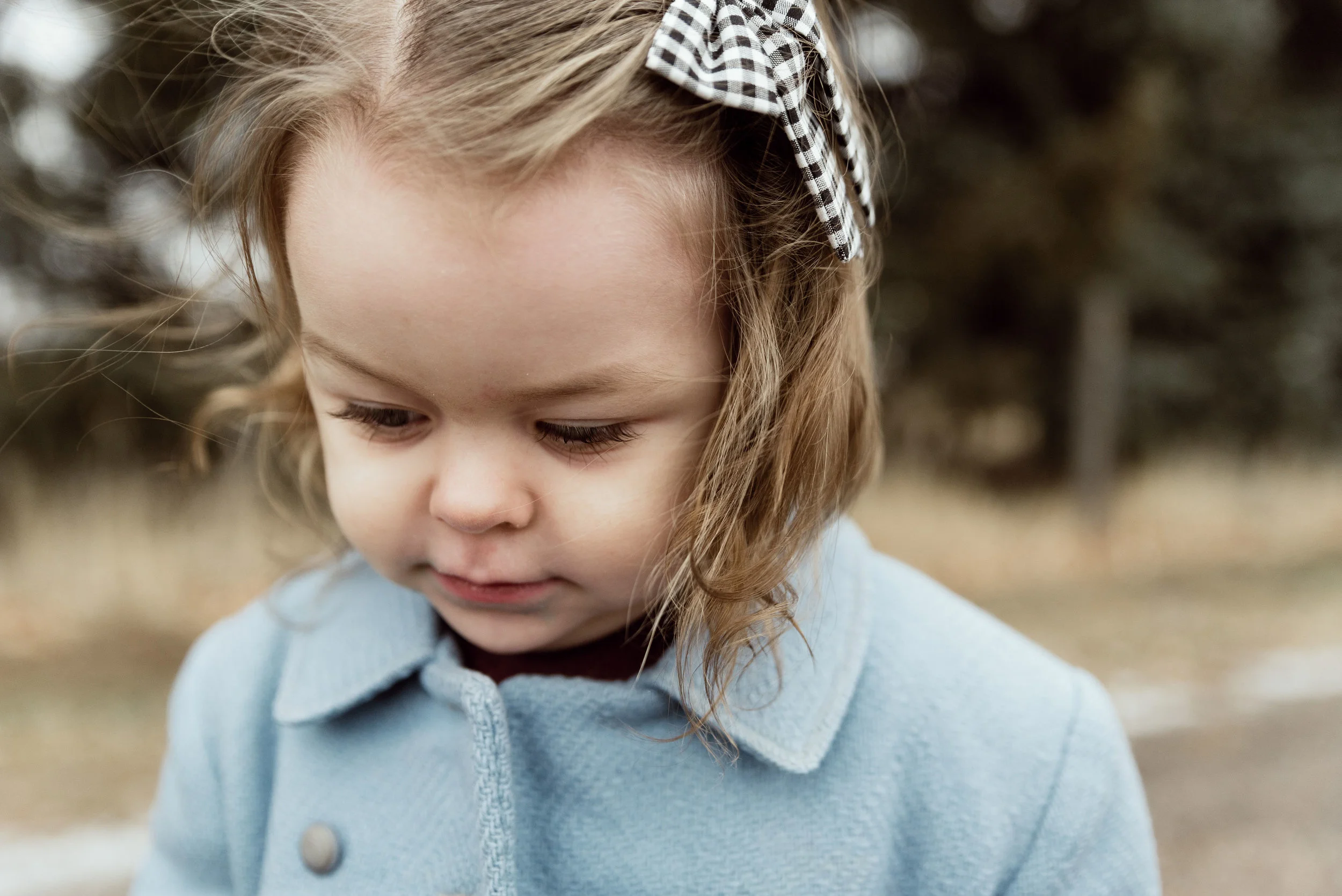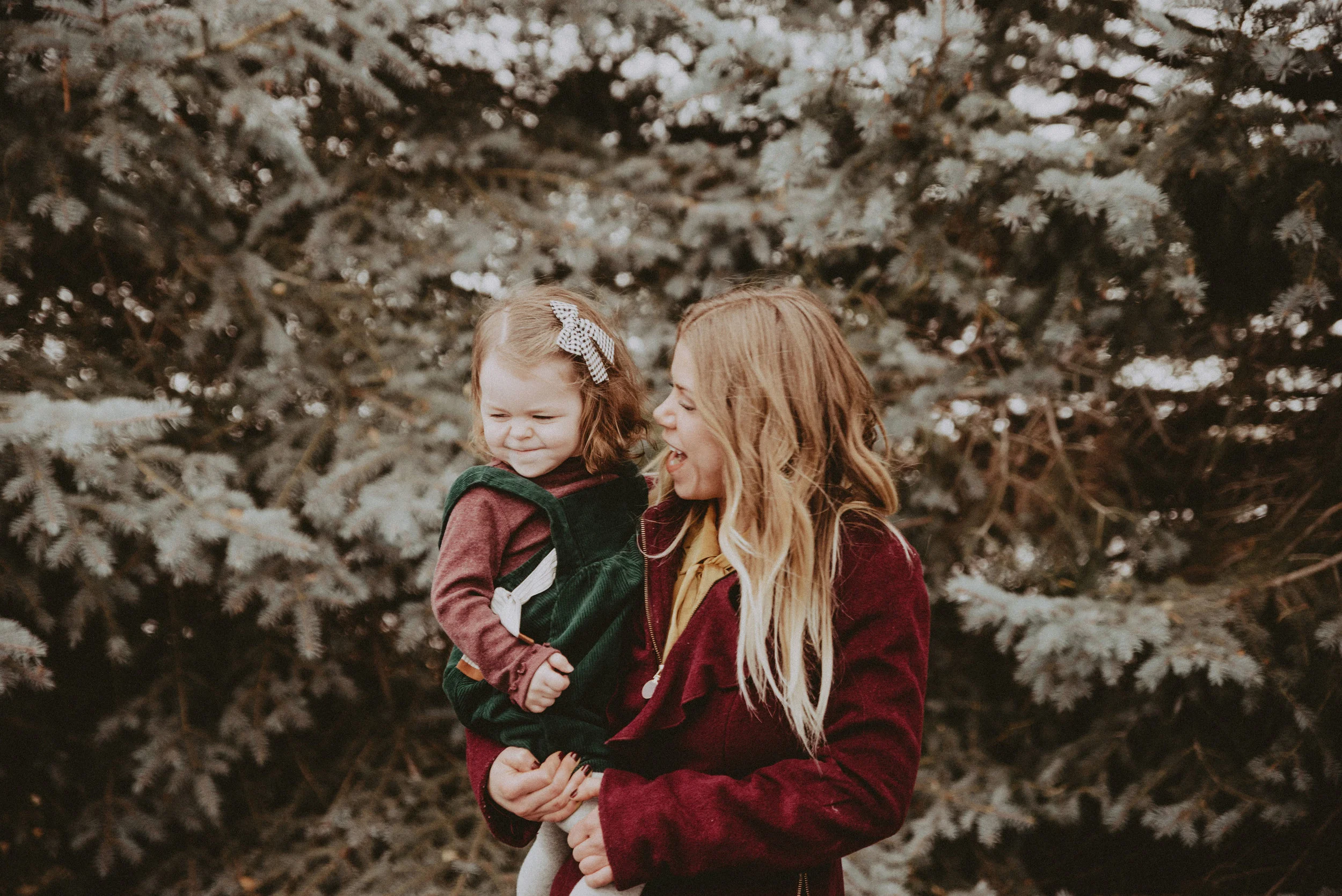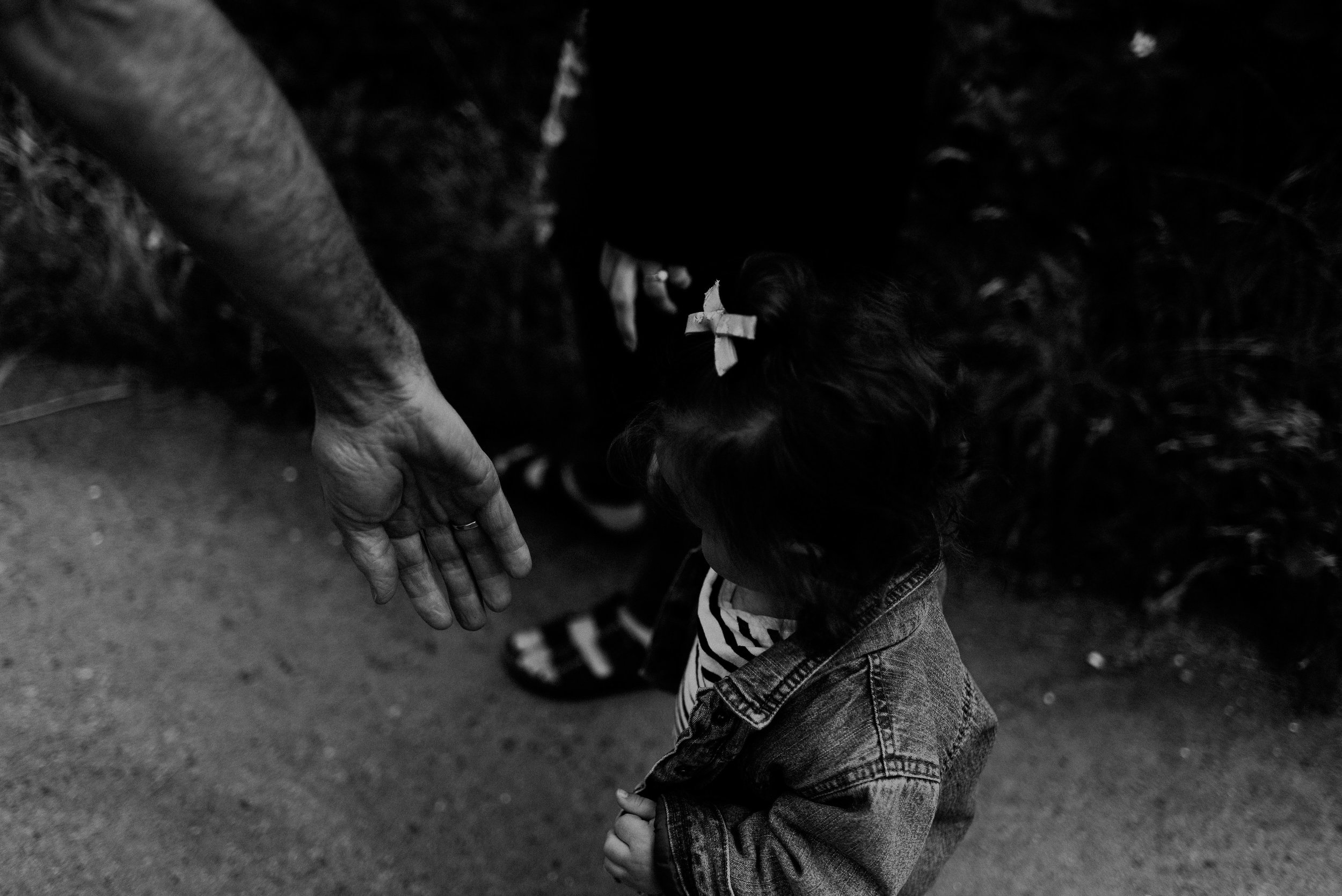What doesn't K I L L you makes you....
Images by Brooke Richardson Photography
“I don’t want you to be safe ideologically. I don’t want you to be safe emotionally. I want you to be strong. That’s different. I’m not going to pave the jungle for you. Put on some boots and learn how to deal with adversity. I’m not going to take all the weights out of the gym; that’s the whole point of the gym. This is the gym.”
It’s undeniable: Rates of anxiety, depression, and suicide are skyrocketing.
Why is this?
I recently read a book called The Coddling of the American Mind: How Good Intentions and Bad Ideas Are Setting Up a Generation for Failure, by Greg Lukianoff and Jonathan Haidt.
This book explores causes of and antidotes to:
Fragility of today’s youth
Decline of free speech
Elevated rates of depression, anxiety, self harm, and suicide, particularly among today’s youth
The book starts off with three Great Untruths that seem to have spread widely in recent years:
The Untruth of Fragility: What doesn’t kill you makes you weaker.
The Untruth of Emotional Reasoning: Always trust your feelings.
The Untruth of Us Versus Them: Life is a battle between good people and evil people.
These Great Untruths are negatively impacting everyone. Anyone who cares about youth, education, or democracy should be concerned about these trends.
This post will focus on the first Great Untruth (specifically regarding fragility): What doesn’t kill you makes you weaker.
Contrary to current popular practice and belief, children are antifragile. They NEED to be exposed to various challenges and stressors (within limits and in age-appropriate ways) or they will fail to mature into strong and capable adults, able to function successfully and engage productively with people and ideas that challenge their beliefs and moral convictions (Failure to Launch, anyone?!).
“You are not a fragile candle, you are a fire - so welcome the wind by seeking out ideologically different speakers and ideas.”
Though parents/teachers/caretakers/administrators have good intentions by shielding and protecting kids from physical/mental/emotional/psychological hurt, doing so actually does more harm than good. Grossly expanded conceptions of trauma and safety are now used to justify overprotecting youth of all ages (even many college kids who now claim the need for safe spaces and trigger warnings lest words and ideas “endanger” them).
Safetyism is an obsession with eliminating threats (both real and imagined) to the point where practical and moral concerns are overruled. Safetyism deprives young people of the experiences their antifragile minds need, thereby making them more fragile, anxious, and prone to seeing themselves as victims.
The authors discuss how children today, on average, have far more restricted childhoods than their parents did, though the parents grew up in far more dangerous times. This is due to a variety of reasons, including:
Fear for children’s safety (though children are safer today than at any other point in history)
Heightened educational standards and requirements, from preschool through high school, particularly to facilitate college admission
Both of these factors result in less exploratory play time and more structured, supervised time. The authors note helicopter parenting combined with laws and social norms that make it tough to allow kids unsupervised play time may negatively impact their resilience and mental health.
Basically, when we overprotect children, we harm them. Overprotection makes them weaker and less resilient in the future. As with most things, it’s about balance. You don’t want to neglect them, but you don’t want to overmonitor them, denying them the thousands of small challenges, risks, and adversities they need to face on their own to become strong and resilient adults.
“Prepare the child for the road, not the road for the child.”
Foster antifragility by giving kids the gift of experience so they can become autonomous, resilient adults. Recognize they need some unstructured, unsupervised time to learn how to judge risks for themselves and practice dealing with issues like frustration, boredom, and interpersonal conflict. The most important thing they can do with that time is to play, especially in free play, outdoors, with other kids (away from screens!). There may need to be an adult nearby for children’s physical safety, but that adult shouldn’t intervene in general disputes and arguments.
The authors even recommend encouraging your children to walk or ride bikes to and from school at the earliest age possible, consistent with local factors like distance, traffic, and crime. Ask your school to provide a way for kids to check in and out, to track children who trek to school independently without needing to use a smartphone to monitor them.
If you like the idea of allowing your young ones a little more leash length, but are worried the neighbors will report you, visit LetGrow.org to print a “Let Grow License” to send with your kiddos. This informs any (well-meaning!) busybodies your child is not lost or neglected, and is allowed more free rein (in compliance with state law). Learn what the laws in your state require by typing “state laws” into the site’s search box.
As previously mentioned, it’s not just about physical safety; consider your kids’ emotional, mental, and psychological well-being. You can fortify them by encouraging your children to engage in a lot of “productive disagreement.” Instruct them how to communicate respectfully. Teaching them how to give and take criticism without being personally offended is an essential life skill.
In the next post, we’ll discuss the second Great Untruth: Always trust your feelings.
xx,
-w-
Write here…
;
Images by Brooke Richardson Photography
Suicide. What a heavy topic. Heavy but utterly N E C E S S A R Y to discuss.
This is becoming increasingly so, as we lose more and more beautiful souls to this tragic end.
A note about suicide, depression, and mental health in general: mental health is non-discriminatory and its prey comes from all walks of life. Just because you’re of a certain socioeconomic status, or have a specific number of friends, does not mean one is immune.
And it’s important to recognize and remember the role mental illness plays. It is said how selfish it is to take one’s life, considering the wake of devastation it leaves for the survivors. I can understand how some may feel like this - having someone take their own life is deeply heartbreaking - but think how desperate and hopeless that person must have felt to be driven to such an action?
I’m sure most - if not all - of us have been touched by suicide at some point in our lives, some of us multiple times, via a relative/friend/acquaintance/idol/etc. Hearing the news of an occurrence has a way of robbing your breath and halting you in your tracks. You immediately contemplate warning signs and contributing factors. You wonder how it could have been prevented and (depending on your relation to the victim) if there’s something you could have done.
That last part can be particularly brutal, depending on your closeness to the victim, literally/figuratively. Often, no matter how close you were, your mind feasts on what ifs. "What if I had reached out more often?” “What if I had been more patient?” “What if I had been more observant?” “What if I had been more generous with my time?” “What if I had been more empathetic/understanding?” And on and on and ON. Down the rabbit hole you go. Gnarly stuff.
I remember one person whose suicide I really took personally was of a guy who had expressed interest in dating me. He was unbelievably sweet and such a great guy, but there was no interest on my part, unfortunately. I did my best to break this as gently as possible, and then limited my contact with him so as not to lead him on. I was unable to emotionally provide what he wanted: a romantic relationship. The feelings just weren’t there for me.
As is common with tragedy, my memory blocked the details, but I vaguely recall suddenly thinking of him, whether through a dream or just a passing thought. It turns out, at the time he was crossing my mind, he was also taking his life.
I was shattered. I was wrecked with such a profound sense of guilt for not being there for him. Did I truly handle it the best way possible? Did my actions drive his loneliness over the edge, to the point he saw no use in living? Should I have been there more for him? What could I have done to prevent it? How selfish and awful am I?!!
Eventually I realized there are multiple contributing factors. Carrying that entire burden and regarding myself as the sole cause of his suicide was, in reality, self-absorbed. I was not the center of his universe, and I alone did not cause the outcome. Who knows what effect our interactions had on him, but I had to accept I did the best I could under the circumstances.
That sense of guilt and pressure lingered far after that event. Whether it was a friend, a boyfriend, or someone I was trying to help (especially if that someone wanted to leave the friend zone) it was considerably hard for me to draw those boundary lines (specifically if I knew they weren’t in the best headspace). Even if I effectively did set the boundaries, it resulted in countless nightmares and sleepless nights, with me worrying about them and stressing over their wellbeing.
I’m not sharing this to evoke a pity response. Not even. I tell my story to: 1) demonstrate suicide’s ripple effect; 2) relate to those of you with similar situations; 3) alleviate the burden you may place on yourself; and 4) raise awareness and provoke conversations on this crucial topic.
Some of you may relate to the yearning to help “heal” people. This is a beautiful intention and calling, but boundaries are essential. As I discussed in my 09.15.2018 post on boundaries, they are essential for true compassion (watch for an upcoming post on empathy).
“Be kind, for you know not of the battles people face.”
All we can do is our best. Our best to be kind to one another, to be considerate of each other, and to be there for one another. We must do our best to watch for red flags, and to regularly check in with loved ones. We all deal with our own daily thoughts/ideas/responsibilities whirling around in our heads, so this is a reminder for us all to step outside of our mental/emotional bubbles and stay keyed in to those around us: friends/relatives/acquaintances…even strangers. Just letting someone know you care is significant. A simple smile to a stranger can have a profound effect. Just acknowledging to people that you S E E them can make all the difference.
“Please, tell me.
I cannot help you fight the enemy
If you do not tell me about the enemy,
The enemy that is trying to kill you.
Do not trust your suicidal thoughts.
They are not rational.
They are a symptom, a sign, a cry from inside.
Something inside you needs healing.
Healing, not killing.”
Read full version of Letter from a Therapist to a Suicidal Person at:
http://www.speakingofsuicide.com/2014/05/01/letter/
RESOURCES
24/7 suicide hotline
Text GO to 741741 to speak with a trained crisis counselor
Call 1-800-273-8255 (National Suicide Prevention Lifeline)
Also online chat option
Veterans Crisis Line
Call 1-800-273-8255 (same number)
Also online chat option
Text 838255











